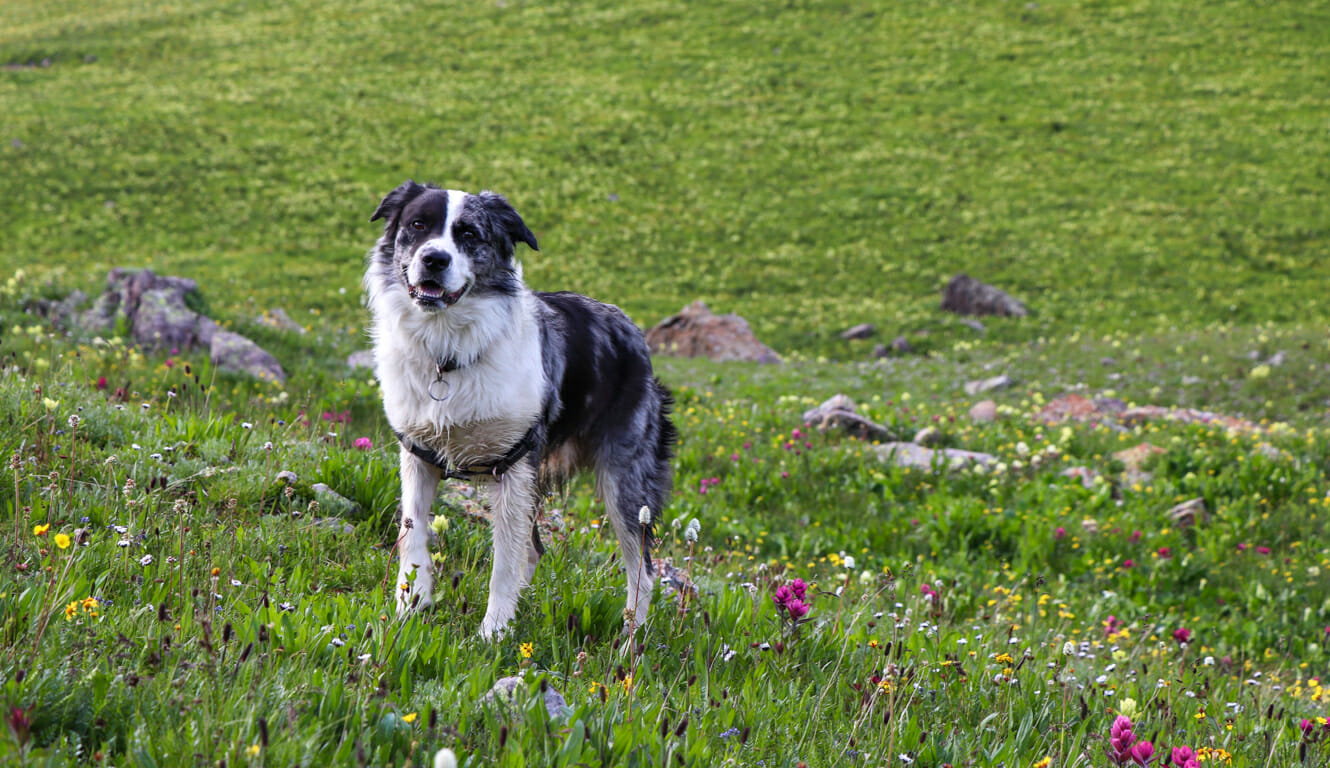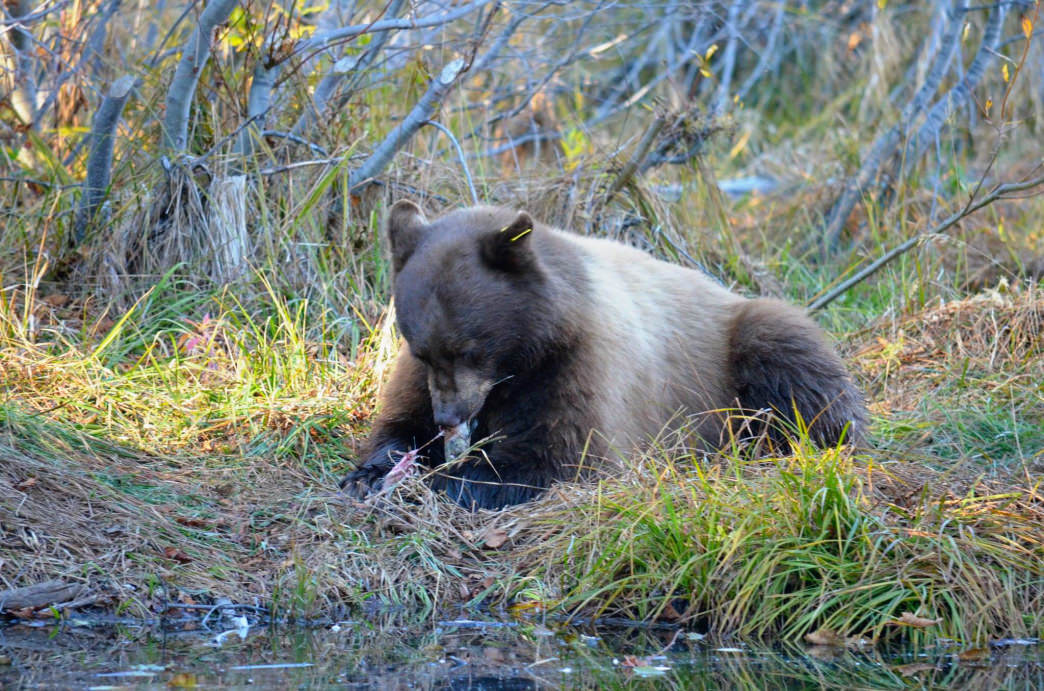Research & Education
Wildlife Poop Versus Dog Poop: Explained


Estes Park, CO: Researchers in Colorado’s Rocky Mountain National Park were greeted with exciting findings earlier this year when samples of bear scat mixed with soil in the Park’s greenhouse yielded more than 1,200 Oregon-grape and Chokecherry seedlings. The astounding number of seedlings that germinated from the fertile mixture of bear scat and soil provided even greater evidence for the interdependence of species living in the Rocky Mountain ecosystem. According to researchers, the seedlings are much more likely to germinate after passing through a bear’s internal system compared to simply dropping off the plant. This is because seeds from plants like Chokecherry have a thick, durable seed coat that needs to be broken down for the seed to germinate – a service the bear’s stomach performs remarkably well.

From a Leave No Trace perspective, we find these results exciting for multiple reasons. Partly, the results are really, really cool. We enjoy hearing about studies that show how different species work together in an ecosystem to survive and thrive. More importantly, we feel this provides an excellent answer to the age-old question: Why can the wildlife poop in the woods, but my dog can’t?
It’s clear from studies like these that the scat from wildlife provides an essential benefit to the ecosystem. Wild animals are consuming resources and nutrients from the ecosystem, and then promptly returning those same resources and nutrients. Essentially, the system is a closed loop with no net gain or loss in nutrients or resources.
When we start adding in nutrients from pet waste, the ecosystem balance is thrown out of equilibrium. Our dogs likely aren’t eating Oregon-grapes, Chokecherry, or other native plants from the ecosystems they leave their waste in, but instead eating nutrient heavy pet-foods designed to give them a complete and healthy diet. Unfortunately, these same pet foods result in excess nutrients in our outdoor spaces if pet waste isn’t picked up.
Pet waste adds excess nutrients like nitrogen and phosphorus to the environment. Excess of these nutrients in many ecosystems creates unstable conditions that allow algae blooms to cloud our rivers, lakes, and streams, and create an easy habitat for invasive weeds to grow.
Although it’s easy for us to say, “Well, it’s just my dog pooping in the woods,” we know that Leave No Trace is always about our cumulative impact. Across the US, 83 million pet dogs produce 10.6 million tons (that’s 21,200,000,000 pounds) of poop every year, each pound adding excess nutrients to the ecosystem if the waste isn’t disposed of properly.
Responsible pet ownership means doing our “doody” to pick up our pet’s waste. Pet waste can be bagged and packed out, or in backcountry environments, can be deposited in a 6-8″ deep hole at least 200 feet (70 big steps) away from any water sources.
Leave No Trace’s Donielle Stevens and Aaron Hussmann are part of the 2017 Subaru/Leave No Trace Traveling Trainer Program that provides free, mobile education to communities across the country. Proud partners of this program include Subaru of America, REI, Eagles Nest Outfitters, Deuter, Thule, Klean Kanteen, and Smartwool.
Related Blog Posts
Let’s protect and enjoy our natural world together
Get the latest in Leave No Trace eNews in your inbox so you can stay informed and involved.


